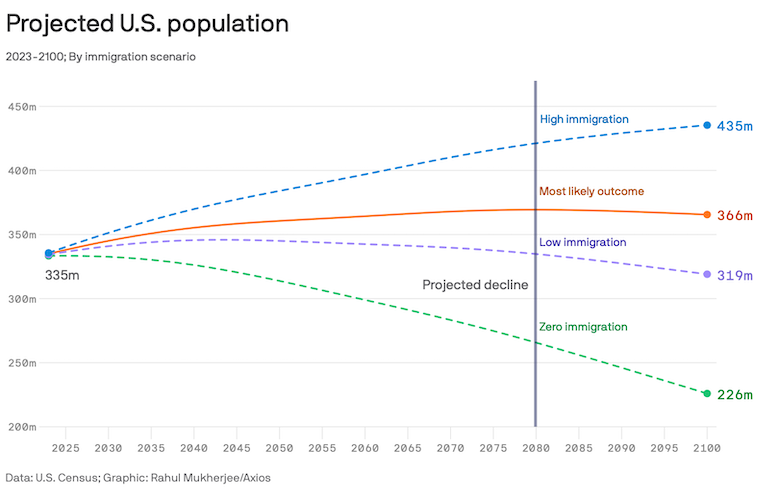I for one would really like to see self-driving cars become an everyday reality, as common as cars are now. It may surprise people that many such cars are already widely used in several cities as taxis. But there are key questions concerning safety and one would hope that the companies marketing these cars would be transparent about the ability of their cars to detect pedestrians and obstacles. But Sam Biddle writes that one major company is putting its cars out on the streets even though it seems to have two key vulnerabilities: an inability to see small children and large holes in the ground.
[Read more…]

